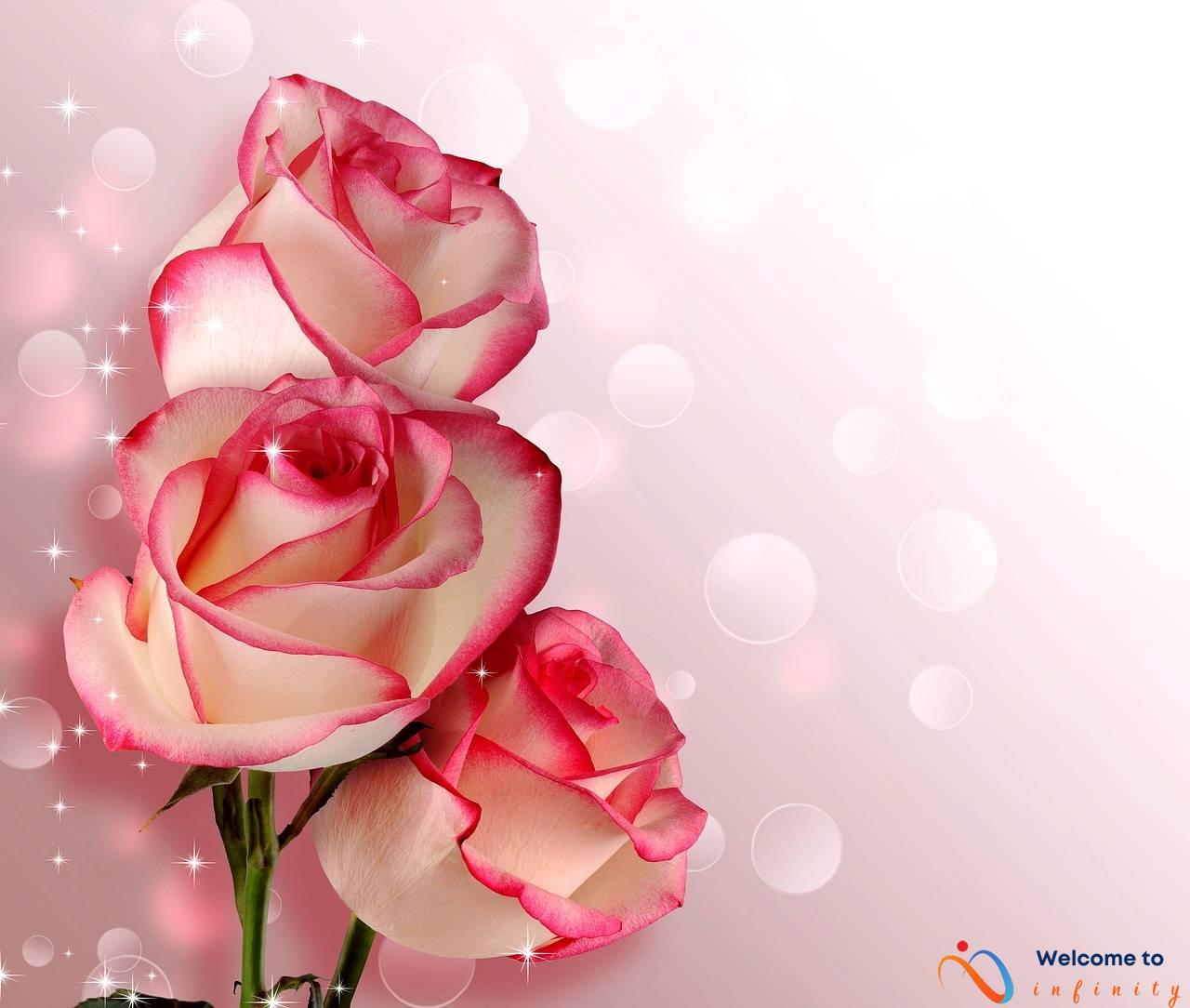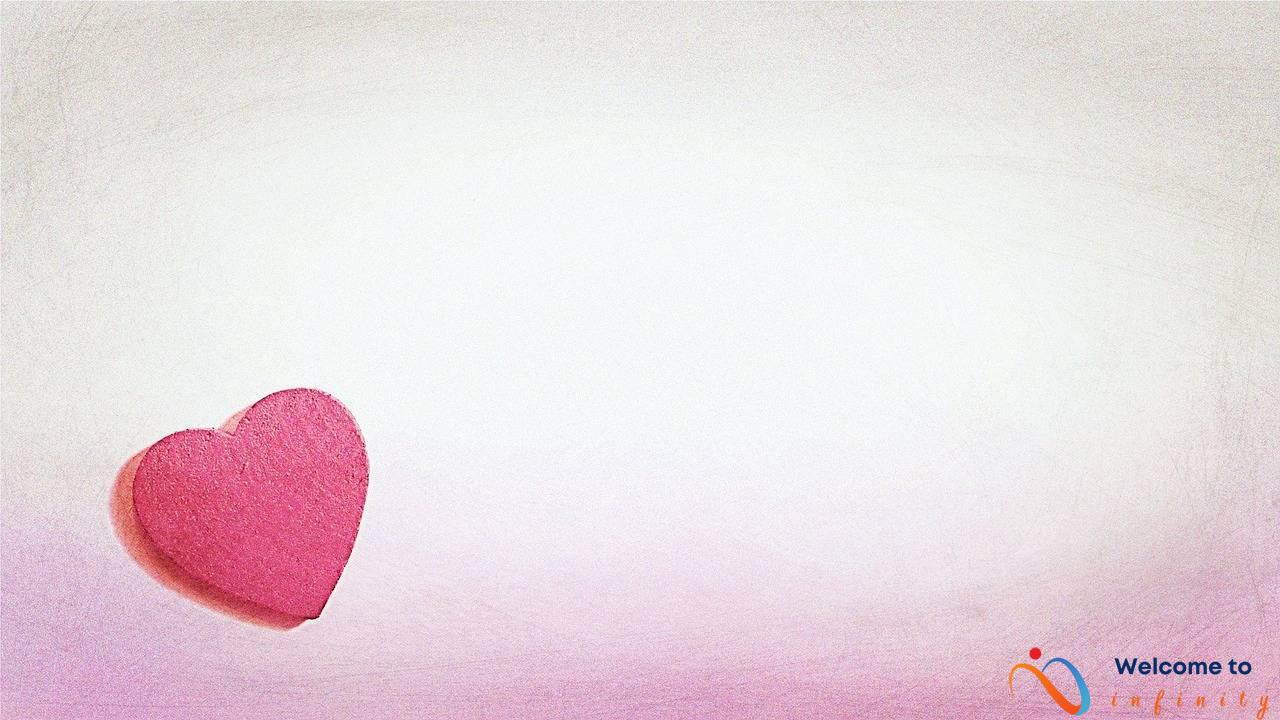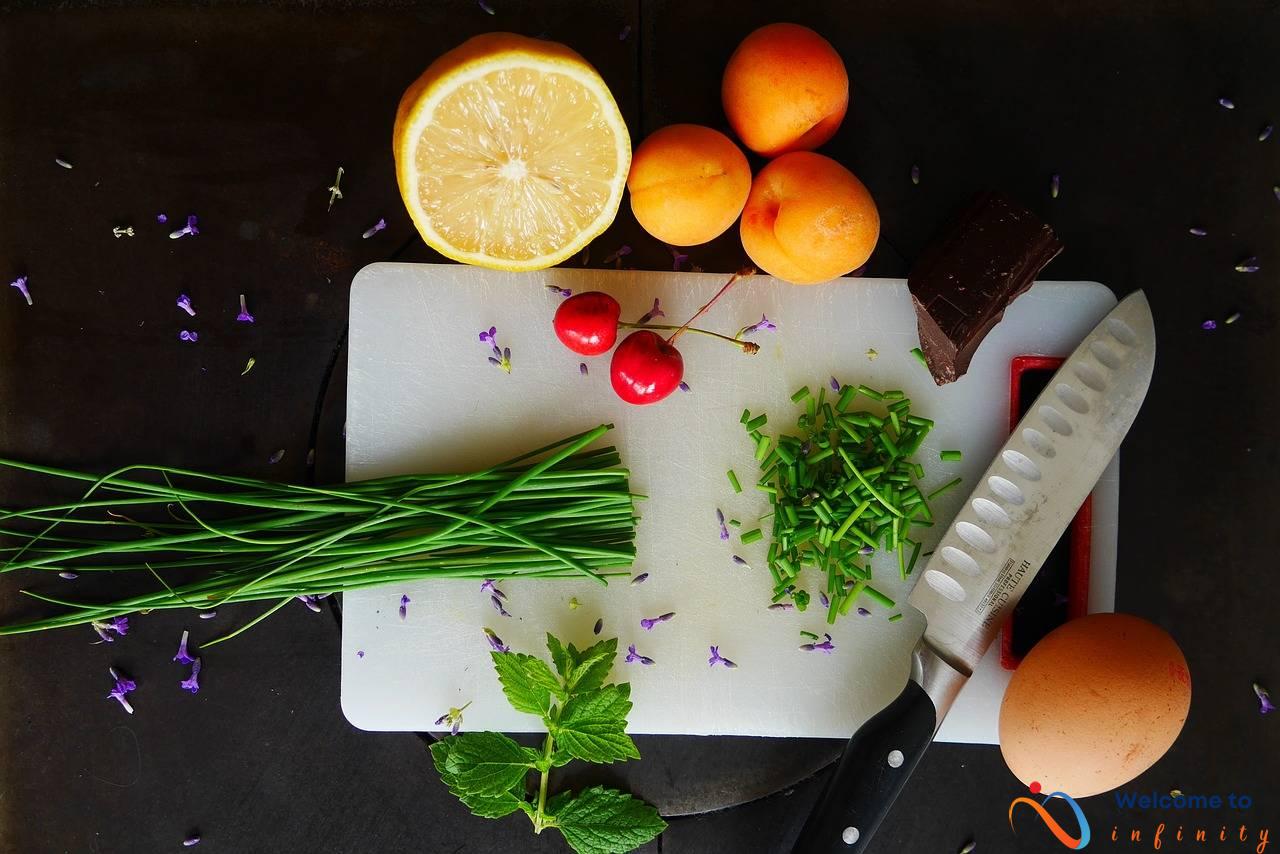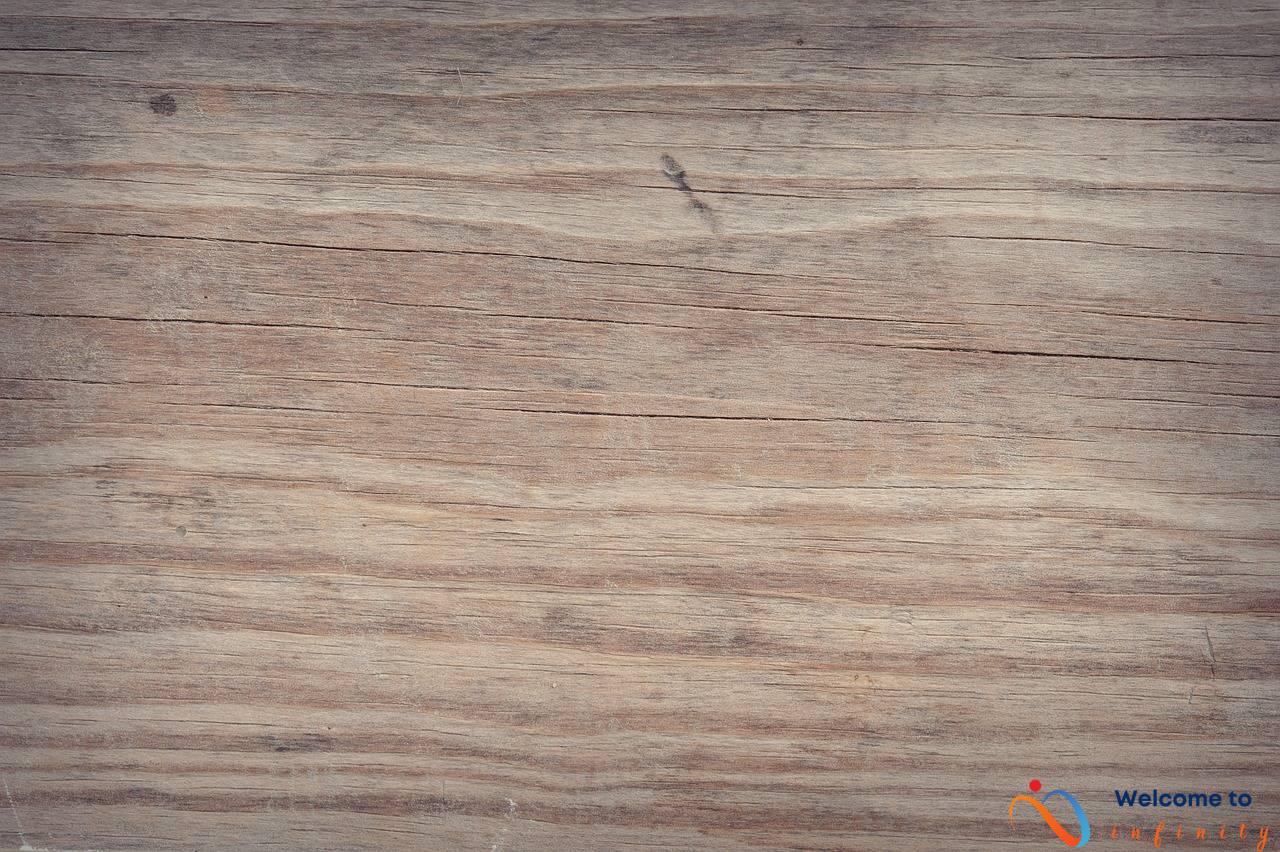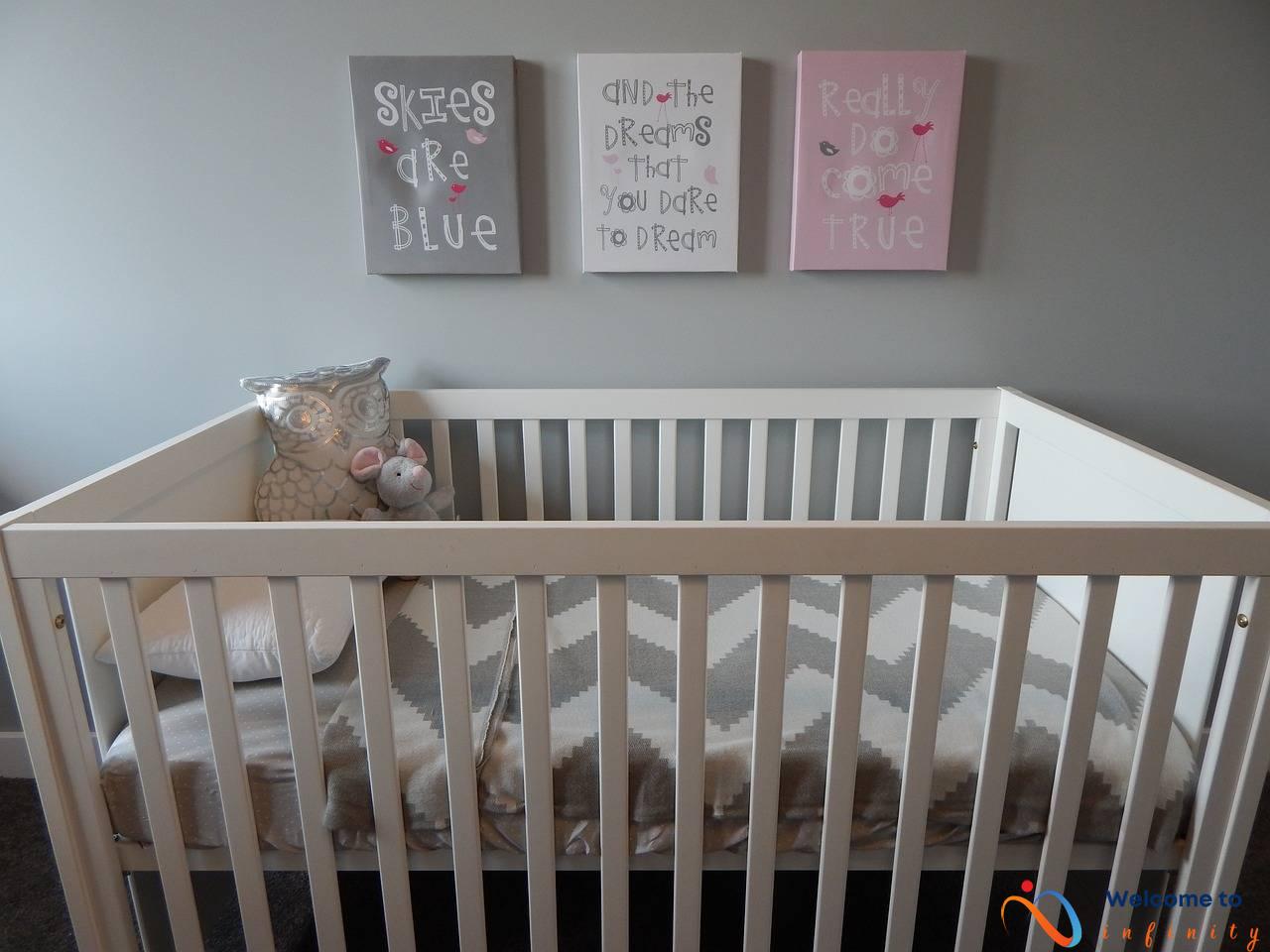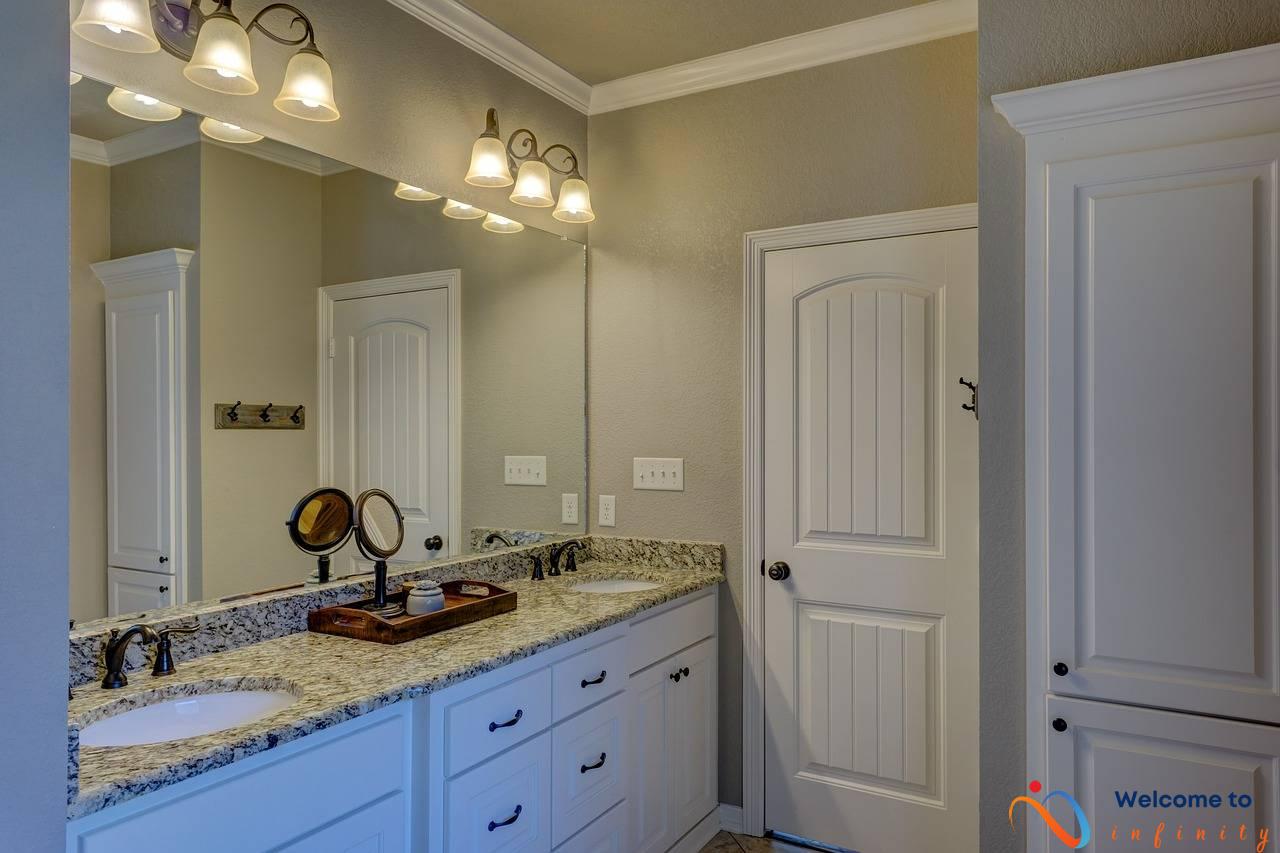When it comes to interior design, often the first impression is the most important. That's why the entryway of your home is crucial in setting the tone for the rest of the house. Your entryway should reflect your personal style and provide a warm and inviting welcome to guests.
Additionally, the entryway also plays a functional role, as it is the area where you and your guests will first arrive and depart from your home. It should be organized and practical, with plenty of space for shoes, coats, and bags.
Whether you have a small foyer or a grand entrance, designing a refined and elegant entryway doesn't have to be complicated or over-the-top. Keeping the design simple yet sophisticated is the key to creating an entryway that is both functional and aesthetically pleasing.
Minimalist Entryway Designs
When it comes to creating a welcoming entryway, sometimes less is more. Minimalist design principles focus on simplicity, clean lines, and a neutral color palette to create an understated elegance. Embracing a minimalist approach can help make a small entryway feel more spacious and clutter-free.
Start by choosing a calming color palette, such as muted grays, whites, or earth tones. These colors create a sense of tranquility and a neutral canvas for accent pieces. When selecting materials, look for ones that add texture without overwhelming the space. Natural wood, concrete, and stone are great options.
One of the essential furniture pieces in a minimalist entryway is a sleek console table or bench. These pieces should have simple lines and open storage to avoid adding unnecessary visual clutter. Consider hanging a statement piece of art or a mirror to add some interest and depth to the wall.
To increase functionality, add some hooks or a wall-mounted coat rack to keep jackets and bags off the floor. A rug or a natural fiber runner is also an excellent way to add some softness and warmth to the space, without sacrificing elegance.
Overall, a minimalist entryway is all about paring down to the essentials, creating a sense of space and calm, and letting a few carefully chosen pieces shine. Remember to keep the color palette and materials simple, choose furniture with sleek lines, and add touches of interest with statement pieces and texture. Follow these tips, and you'll have an entryway that is refined, elegant, and inviting all at once.
Color Schemes and Materials
The color scheme and materials used in an entryway design can make or break the overall look and feel of the space. When it comes to a minimalist design, less is more. Stick to a neutral color palette consisting of whites, grays, blacks, and natural hues like beige and taupe. These colors provide a clean, sophisticated look that will allow the entryway to feel open and welcoming.
You can add interest to the space by using different textures and materials. A popular choice is to incorporate natural materials like wood, stone, or concrete. These materials create a warm and organic feel while still maintaining a minimalist style. If you prefer a sleeker look, consider using materials like glass or metal for a modern touch.
When choosing materials for furniture pieces like benches or storage solutions, opt for those with clean lines and simple shapes. This will keep the entryway looking spacious and uncluttered. Additionally, consider using a few statement pieces, like a large vase or a unique piece of art, to add visual interest without overwhelming the space.
In summary, the key to creating a minimalist entryway design is to keep the color scheme and materials simple yet elegant. By sticking to a neutral color palette and choosing materials with clean lines and simple shapes, you can create a space that is inviting and welcoming for guests while also setting a tone of sophistication for the rest of your home.
Furniture Pieces and Accessories
When it comes to minimalist entryway designs, less is truly more. To achieve this look, it's important to carefully select furniture pieces and accessories that serve a dual purpose of complementing the design while increasing functionality.
A simple yet elegant bench or stool can provide a comfortable place to sit while putting on shoes or taking them off. A sleek console table can serve as a catch-all for keys, mail, and other small items, while also providing a surface for decorative accents such as vases or sculptures. A wall-mounted coat rack or hooks can keep outerwear organized and off the floor, while a stylish rug can add texture and warmth to the space.
When it comes to materials, consider utilizing natural elements like wood, stone, or metal to add visual interest without overwhelming the space. A carefully selected mirror can create the illusion of more space while also serving a practical purpose.
Remember that the goal is to keep the design simple yet functional. Resist the urge to add unnecessary clutter or decorative accessories that may detract from the minimalist aesthetic. By thoughtfully selecting furniture pieces and accessories, your entryway can make a statement while also setting the tone for the rest of your home.
Classic Entryway Designs
When it comes to entryway designs, classic elements can elevate the aesthetic and create a timeless look. Incorporating architectural details such as wainscoting, moldings, or a statement staircase can add grandeur and elegance to the entrance of your home.
For a classic entryway design, neutral color schemes are preferred, with shades of ivory, beige, or taupe being popular choices. Dark wood finishes, such as mahogany or cherry, can also enhance the classic feel of the space. To add texture and interest, consider using different materials such as marble, granite, or patterned tiles for flooring or accents.
Lighting and décor are also crucial in creating a classic entryway. A chandelier or pendant light can provide a dramatic focal point, while table lamps or wall sconces add warmth and ambiance. Adding artwork or family photos to the walls can create a personal touch and make the space feel lived-in.
When choosing furniture for a classic entryway design, opt for pieces with ornate details or curves to add elegance. An antique console table or a vintage mirror can create a statement while providing functionality. To create a cohesive design scheme, consider incorporating similar classic elements throughout the rest of the house.
Architectural Details
If you want to create a classic entryway design, incorporating architectural details is a must. Wainscoting or moldings are perfect examples of these details. These elements can lend a timeless and elegant look, making your entryway stand out.
When choosing the type of wainscoting or moldings to use, consider the style of your home. For example, if you have a traditional-style home, panel wainscoting and heavy crown molding are excellent choices. If your home is more on the modern side, you can opt for simpler and sleeker options.
You can also use wainscoting or moldings to divide the entryway visually. For instance, you can install wainscoting on the bottom half of the wall and use a different color or texture for the upper half. This technique can help create interest and add depth to the space.
When it comes to choosing the right color for your moldings or wainscoting, it's best to stick to neutral hues such as white, gray, or beige. These colors can balance out any bold hues in the entryway. You can also paint your moldings the same color as the walls or in a contrast color to create a dramatic effect.
Overall, incorporating wainscoting or moldings is a simple yet effective way to create a classic entryway design. You can also consider adding other architectural details such as arches or columns to enhance the overall look of your entryway.
Lighting and Décor
When it comes to creating a classic entryway design, lighting and décor can make a huge impact. Not only do they enhance the aesthetic appeal of the space, but they also create a warm and inviting atmosphere for guests. Here are some tips on how to use lighting and décor to enhance the classic style of your entryway.
Firstly, consider the type of lighting fixture that you use in your entryway. Chandeliers and pendant lights are great options for a classic look. They add a touch of elegance and sophistication to the space. If you prefer a more understated look, consider using wall sconces or table lamps instead. Make sure that the lighting fixture that you choose complements the size and style of your entryway.
Next, think about how you can use décor to enhance the classic style of your entryway. A classic entryway design is all about incorporating traditional elements, so items such as antique mirrors, vintage rugs or classic paintings can be a great addition. For a more subtle approach, consider incorporating some classic pieces of furniture such as a bench, console table or coat stand.
When selecting decor, it is important to keep in mind to not overcrowd the space. Keep it simple and elegant, and select pieces that complement and highlight the beauty of each other. A well-placed vase or simple botanical arrangement can instantly add elegance to the décor. Don't be afraid to play with textures and materials as well, as this can add depth to the design.
In conclusion, lighting and décor play an important role in creating a classic entryway design. By using lighting and décor to highlight traditional elements and creating an inviting atmosphere, you can effortlessly enhance the classic style of your entryway.
Creating a Cohesive Design Scheme
Your entryway sets the tone for your entire home, so it's important to make sure it connects with the rest of your space in a cohesive way. To create a cohesive design scheme, consider the following tips:
First, decide on a color scheme that will be carried throughout the entryway and the rest of the house. Use similar shades and hues to create harmony and consistency. For example, if your entryway features a soft gray color, use similar shades of gray in other areas of your home.
Next, consider the materials used in your entryway design and how they can harmonize with the rest of your space. If your entryway is designed with a modern industrial aesthetic utilizing concrete and metal, consider incorporating these materials into your living room or kitchen to create visual continuity.
Furniture pieces, wall decor, and accessories can also play a significant role in tying your entryway to the rest of your home. If you have an eclectic mix of furniture, try incorporating similar styles throughout the space. Coordinate your wall decor and accessories to reflect the same design elements found in your entryway design.
Finally, lighting is crucial in tying the design scheme together. Make sure your lighting fixtures, whether it's a chandelier or pendant, fit the overall design aesthetic you're going for. Consider a table lamp or floor lamp near the entryway to help tie everything together.
In conclusion, creating a cohesive design scheme between your entryway and the rest of your space is essential to achieving a harmonious and visually engaging home. By incorporating color schemes, materials, furniture pieces, wall decor, accessories, and lighting, you can ensure your design scheme conveys a sense of unity and elegance throughout your home.

